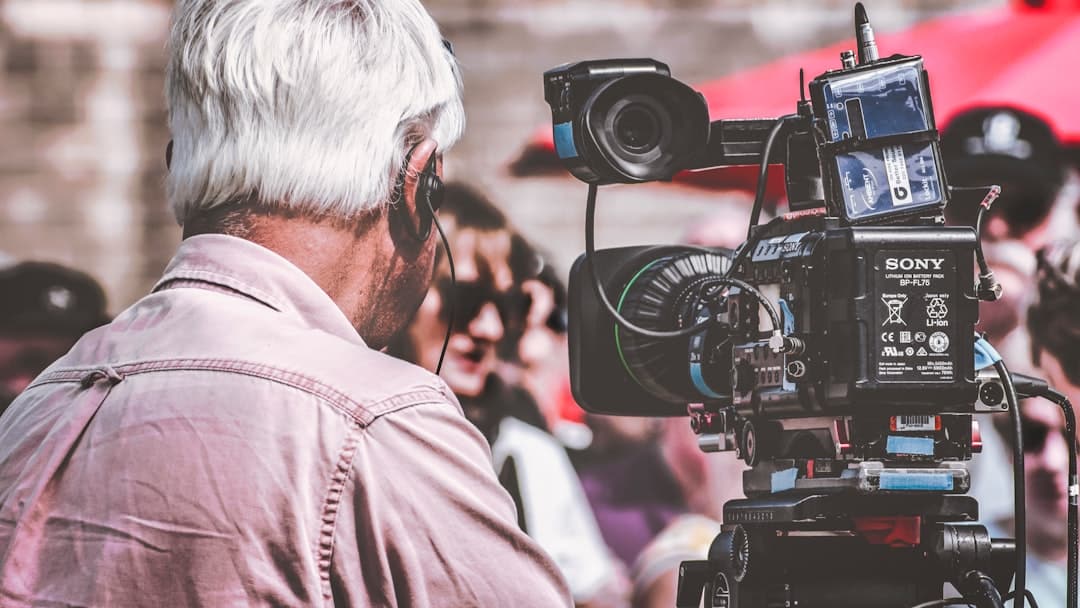|
IN BRIEF
|
It is common to see the police and the firefighters cooperate during interventions, but what motivates this collaboration? When an incident occurs, these two front-line response teams often find themselves side by side, like the superheroes of our daily lives. Whether to ensure the security people or manage emergency situations, their association is crucial. So, let’s dissect together the reasons why the police travel with the firefighters and how this dynamic makes all the difference in our lives.
When an incident occurs, it is not uncommon to see the firefighters and the police arrive together at the scene. This collaboration is essential to guarantee the safety of people and manage emergency situations effectively. In this article, we will explore the reasons for this synergy between the two relief corps and how they work hand in hand.
Rapid response to emergencies
There police and the firefighters are often called together because emergency situations require a rapid and coordinated response. When there is a threat to a person’s life, such as a fire or an accident, every second counts. The joint arrival of the two teams allows the situation to be quickly assessed and dealt with. For example, if a fire breaks out in a building, the firefighters will take care of extinguishing the flames, while the police will ensure that the premises are secure and that no additional danger threatens those present.
Ensuring the safety of workers
Another valid reason why the police join the fire brigade is to ensure the security of all stakeholders. When a potentially dangerous situation arises, such as a shooting or armed threat, police are there to assess and manage risks before firefighters take action. This protects not only the victims, but also the rescuers, so that they can carry out their work in complete peace of mind.
Prevent chaos
When an emergency occurs, the landscape can quickly become chaotic. The presence of the police alongside the firefighters helps to maintain a certain order. Officers can direct crowds, establish security perimeters and facilitate access to emergency services. Their joint intervention not only ensures that interventions go smoothly, but also that witnesses and victims receive the necessary care without interference.
Coordinated response to disasters
In large-scale situations, such as a natural disaster, collaboration between police and firefighters becomes even more crucial. They must work together to assess the damage, help trapped people and organize evacuations. Both teams have complementary skills that, when properly leveraged, can make all the difference in the fight to save lives.
Shared training and common protocols
Police officers and firefighters often undergo joint training to improve their ability to work together. By developing common protocols, they ensure that each team knows exactly what to do when the situation calls for it. This preventive cooperation prepares the ground for effective intervention when it comes to saving lives, limiting damage or responding to an emergency. To learn more, you can check out resources like this link.
Importance of communication
Finally, the communication between the police and firefighters is essential. Each body needs to keep informed of the other’s actions to avoid misunderstandings and ensure that all actions are taken in alignment. This communication is enhanced by modern devices and technology, enabling smooth coordination at the crucial moment.
Whether to prevent risks, guarantee the safety of responders or coordinate actions on the ground, collaboration between the police and firefighters is a fundamental element in the management of emergency situations. This synergy shows to what extent the protection of people is a priority shared by all emergency responders.

When an incident occurs, it is not uncommon to see the police and the firefighters go to the scene together. This collaboration is essential to guarantee the safety of all and ensure rapid and effective intervention. In this article, we’ll explore why these two emergency services work hand in hand and how they protect those in danger.
Protection of people
The first reason why the police travel with the firefighters is protection of people. When danger threatens life or safety, it is crucial to intervene quickly. Firefighters, experts in fire and rescue, are often at the forefront when it comes to rescuing victims. However, the police also play a vital role in securing the area and protecting the scene until the situation is under control.
Disaster response
Whether it’s a gas leak, a fire or a road accident, the combination of skills of firefighters and police officers is crucial. Firefighters are trained to handle situations such as firefighting and medical rescue, while police officers take charge of crowd management and traffic regulation. By acting together, they can prevent the situation from getting worse and ensure that everyone involved gets the help they need.
The need for effective coordination
When they intervene together, the coordination between the police and firefighters is essential. This cooperation makes it possible to effectively demarcate dangerous areas and preserve the evidence at the scene, which is particularly important in the event of an arson or accident. Every second counts, and their collaboration allows us to respond quickly and in an organized manner to protect human life.
Emergency calls and protocol
When an emergency call is made, the emergency services are alerted quickly. People in danger, as well as witnesses to the incident, can call 17 to contact the police, while for the firefighters, the emergency number is 18. By mobilizing both services simultaneously, the chances of effective intervention increase, which is crucial when the lives of individuals are at stake.
In short, the presence of the police alongside the firefighters is essential to guarantee effective and complete assistance during an emergency situation. This cooperation illustrates the teamwork that prevails in the field of civil security, where every second counts for the lives of people in danger.
Collaboration between the Police and Firefighters
| Reason for intervention | Concise description |
| Citizen security | Assess potential threats to protect people on site. |
| Fire management | Intervene together to control fires while ensuring the safety of responders. |
| Serious accidents | Coordinate efforts to provide assistance to victims in critical situations. |
| Medical assistance | Facilitate access to medical assistance in the event of serious injuries during interventions. |
| Search | Assist during searches where dangerous access risks may exist. |
| Emergency evacuations | Organize the rapid evacuation of people if imminent danger is identified. |
| Team cohesion | Promote teamwork for more efficient and rapid interventions. |

- Personal safety : The police ensure security and protect citizens during firefighter interventions.
- Emergency Situations : In the event of imminent danger, they intervene together to protect the premises and the victims.
- Maintaining order : The police regulate traffic and prevent excesses around the disaster areas.
- Rescue coordination : They work hand in hand to optimize the effectiveness of the intervention.
- Evacuation of premises : They work together to secure and evacuate people from risk areas.
- Assessment of the situation : The police help assess potential threats to ensure the safety of responders.

FAQ: Why the police come with the firefighters
Why do the police intervene with the firefighters? The police work closely with the firefighters to ensure the personal safety during emergency events. Their joint presence makes it possible to intervene quickly and effectively, particularly in the event of fire or serious accidents.
What types of situations require the joint intervention of firefighters and police? Situations such as fires, road accidents causing injuries, or interventions linked to threats to personal safety.
Can the police enter the premises without permission? In certain emergency situations, the police have the right to enter premises without prior authorization in order to protect people or preserve evidence.
How do you know when to call the police or fire department? In case of emergency where there is a imminent danger for people or property, immediately dial the appropriate emergency numbers (15 for SAMU, 18 for firefighters, or 17 for police).
What are the responsibilities of police officers during an emergency response? The police’s mission is to protect the scene, secure the area and work jointly with the firefighters to guarantee rapid access to victims.
Are firefighters capable of solving public safety problems? Although their primary role is to extinguish fires and provide rescue, firefighters can also help manage situations where the public safety is compromised, notably by collaborating with the police.





